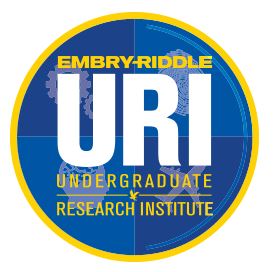Faculty Mentor Name
Krishna Sampigethaya
Location
Hazy 132
Start Date
5-7-2016 5:40 PM
End Date
5-7-2016 5:50 PM
Abstract
Airborne networks, consisting of aircraft-to-aircraft and aircraft-to-ground communications, are critical for future aviation information systems and remote Internet access. A major knowledge gap, however, is the reliability and security challenges of airborne networks in such civilian application domains. Field tests and emulations of airborne networks are expensive undertakings and would be better informed by simulation findings. This paper, hence, reports about a study that aims to simulate airborne networks to understand and characterize their performance and risks. We choose ns-3, an open source network simulation tool, to construct and evaluate airborne networks. We implement 3-D mobility models in ns-3 to capture the realistic movement of aircraft and assess the performance of elemental airborne network configurations in terms of metrics such as throughput and packet drop ratio. We conclude with lessons learnt and some future research directions.
ns-3 Airborne Network Simulation
Hazy 132
Airborne networks, consisting of aircraft-to-aircraft and aircraft-to-ground communications, are critical for future aviation information systems and remote Internet access. A major knowledge gap, however, is the reliability and security challenges of airborne networks in such civilian application domains. Field tests and emulations of airborne networks are expensive undertakings and would be better informed by simulation findings. This paper, hence, reports about a study that aims to simulate airborne networks to understand and characterize their performance and risks. We choose ns-3, an open source network simulation tool, to construct and evaluate airborne networks. We implement 3-D mobility models in ns-3 to capture the realistic movement of aircraft and assess the performance of elemental airborne network configurations in terms of metrics such as throughput and packet drop ratio. We conclude with lessons learnt and some future research directions.


